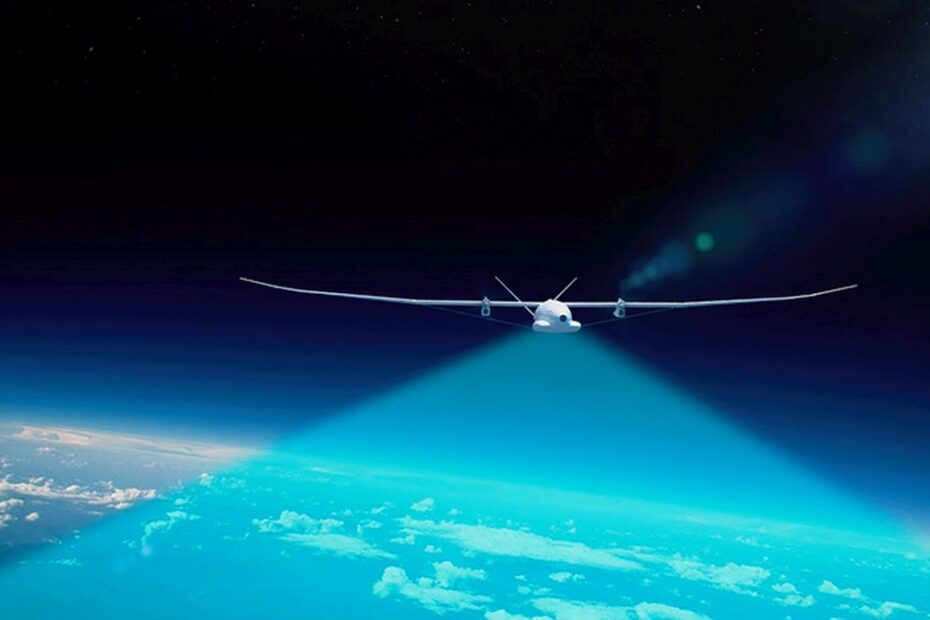The essence of the project is to use a high-altitude aircraft, which, loitering in the air at an altitude of 20 kilometers above the ground, will provide access to the 5G network at speeds up to 150 Mbps.
What happened
BT decided to consider using high-flying drones to close some of the gaps in 5G mobile Internet infrastructure, in particular in the most inaccessible parts of the country where laying cable lines is not economically viable. The start-up Stratospheric Platforms is responsible for conducting the tests, and Innovate UK provides funding.
What is known about the project
The project is in its early stages and is being coordinated from BT’s R&D headquarters at Adastral Park in Suffolk. It is there that engineers will test a new 5G antenna that can split and control beams in 500 directions, potentially providing coverage of up to 15,000 square kilometers.
Ultimately, this antenna will be installed on a high-altitude platform station (HAPS) aircraft loitering at an altitude of 20 kilometers above the ground. However, before that, it will be placed for testing in a high-rise building, where engineers will test it for access to BT’s secure 5G infrastructure.

What is known about the aircraft
The Stratospheric Platforms aircraft is a lightweight glider with a wingspan of 60 meters. The device is designed to fly on liquid hydrogen fuel, it will be able to lift a payload weighing up to 140 kilograms.
Such fully autonomous drones patrol the stratosphere and are able to work for months or years without returning to earth. They can be programmed to work in regions that would otherwise be difficult to reach from the ground, providing a cheaper connection than it costs to send a satellite into orbit and without persistence.
What’s next
BT says that, if successful, this project could be the solution to one of the latest problems in mobile communications – providing coverage to remote parts of the country. It can also provide a backup communication option in case of a disaster that disables ground infrastructure. In this case, it will be possible to simply send a drone to patrol over the affected region in order to restore communication there.
Stratospheric Platforms, a startup funded by Deutsche Telekom, is working on rolling out its first network to offer reliable 5G connectivity in new territories faster than traditional terrestrial solutions. Such projects are referred to as “masts in the sky” and operate alongside existing fixed-line networks.
Antennas made according to the technology proposed by Stratospheric Platforms provide, in particular, uninterrupted communication in 4G and 5G standards. This enables the direct connection of smartphones and other devices, eliminating the need to install any terrestrial infrastructure in the region.
Each such antenna is capable of transmitting data at speeds up to 150 Mbps over an area of 15,000 square kilometers. 450 masts would be required to provide signal coverage of the same area using traditional infrastructure. The new antenna does this by creating 500 individually steerable beams from an installation point in an aircraft loitering 20 kilometers above the ground.
Source: https://mediasat.info/
